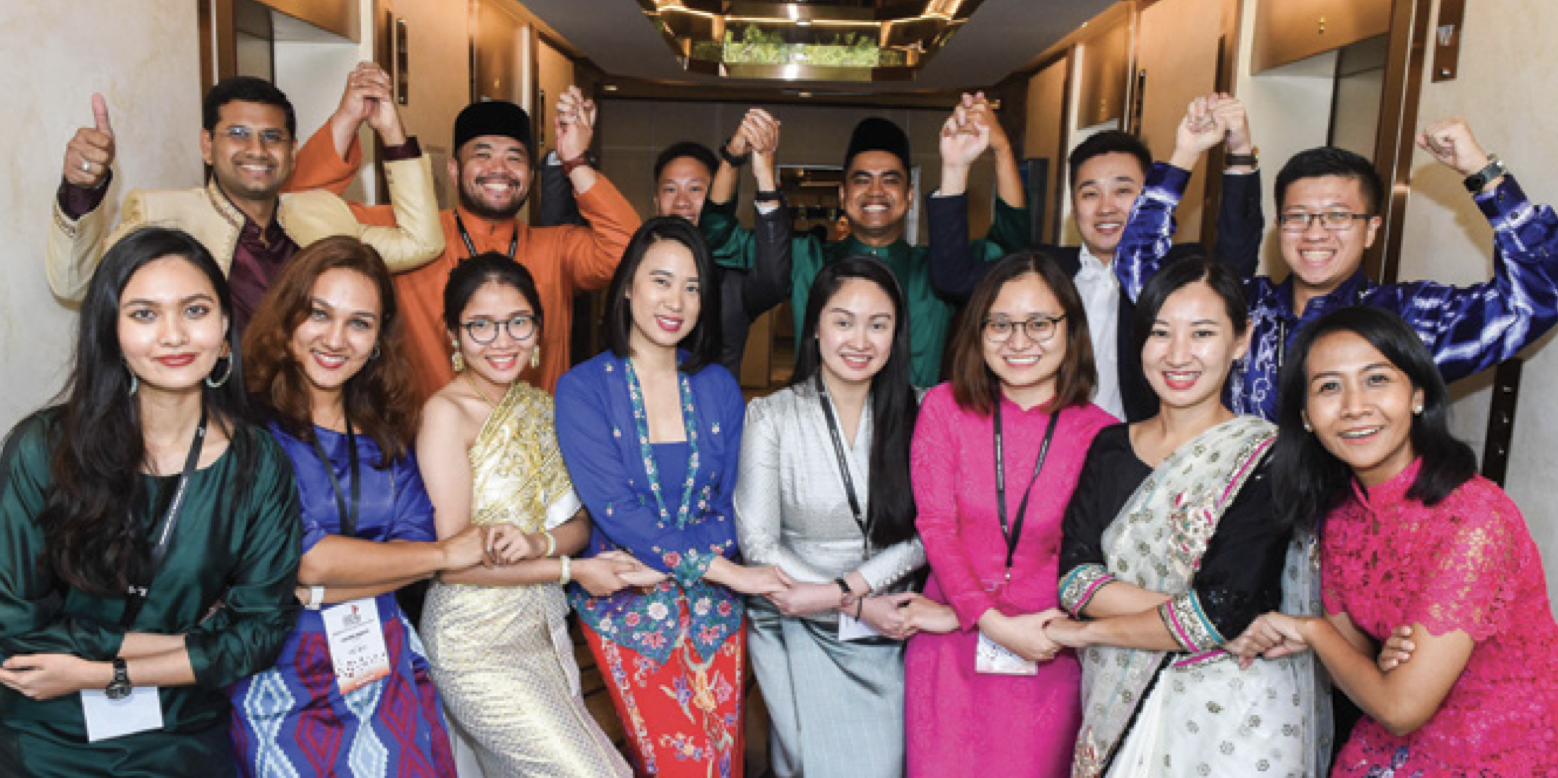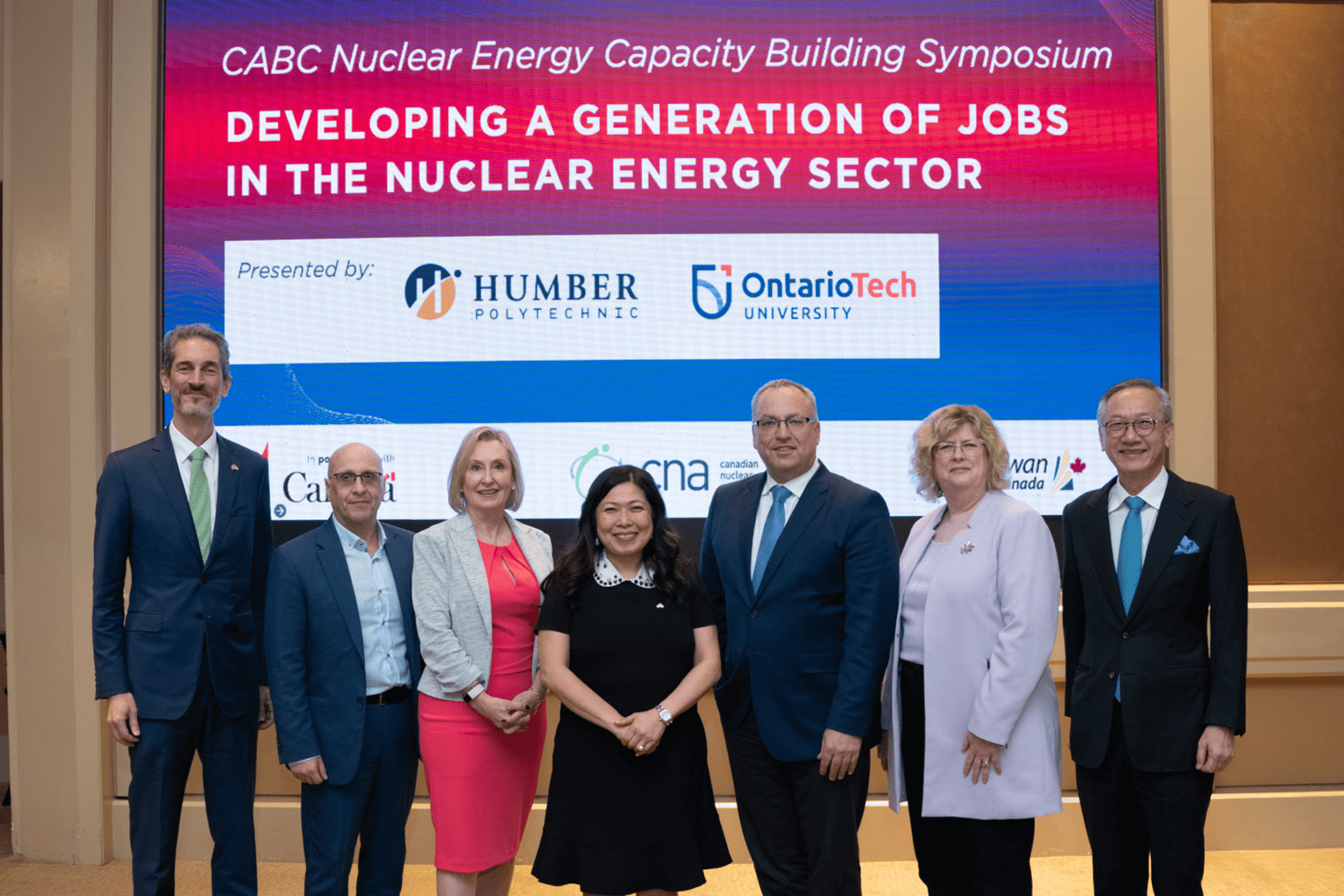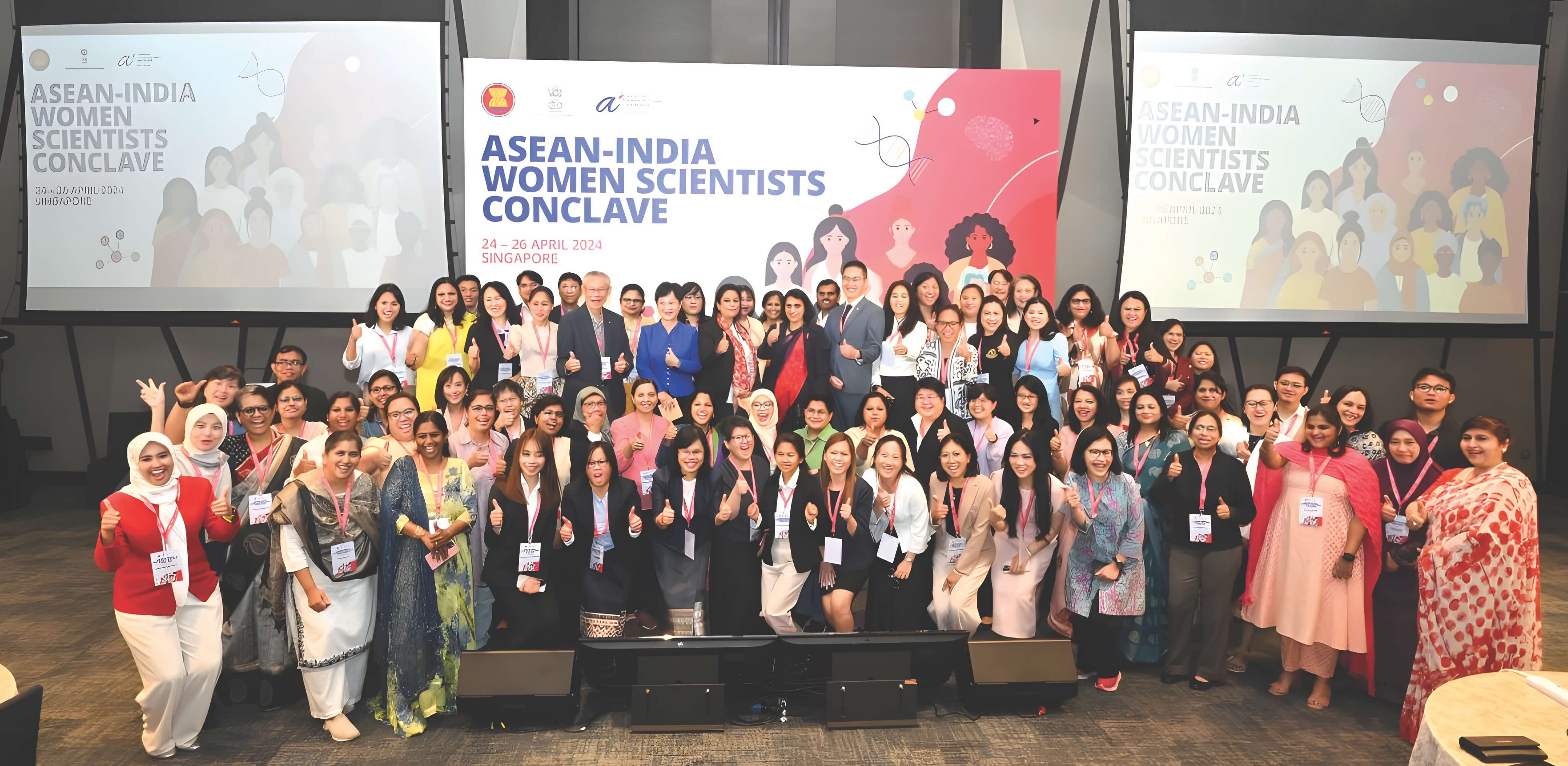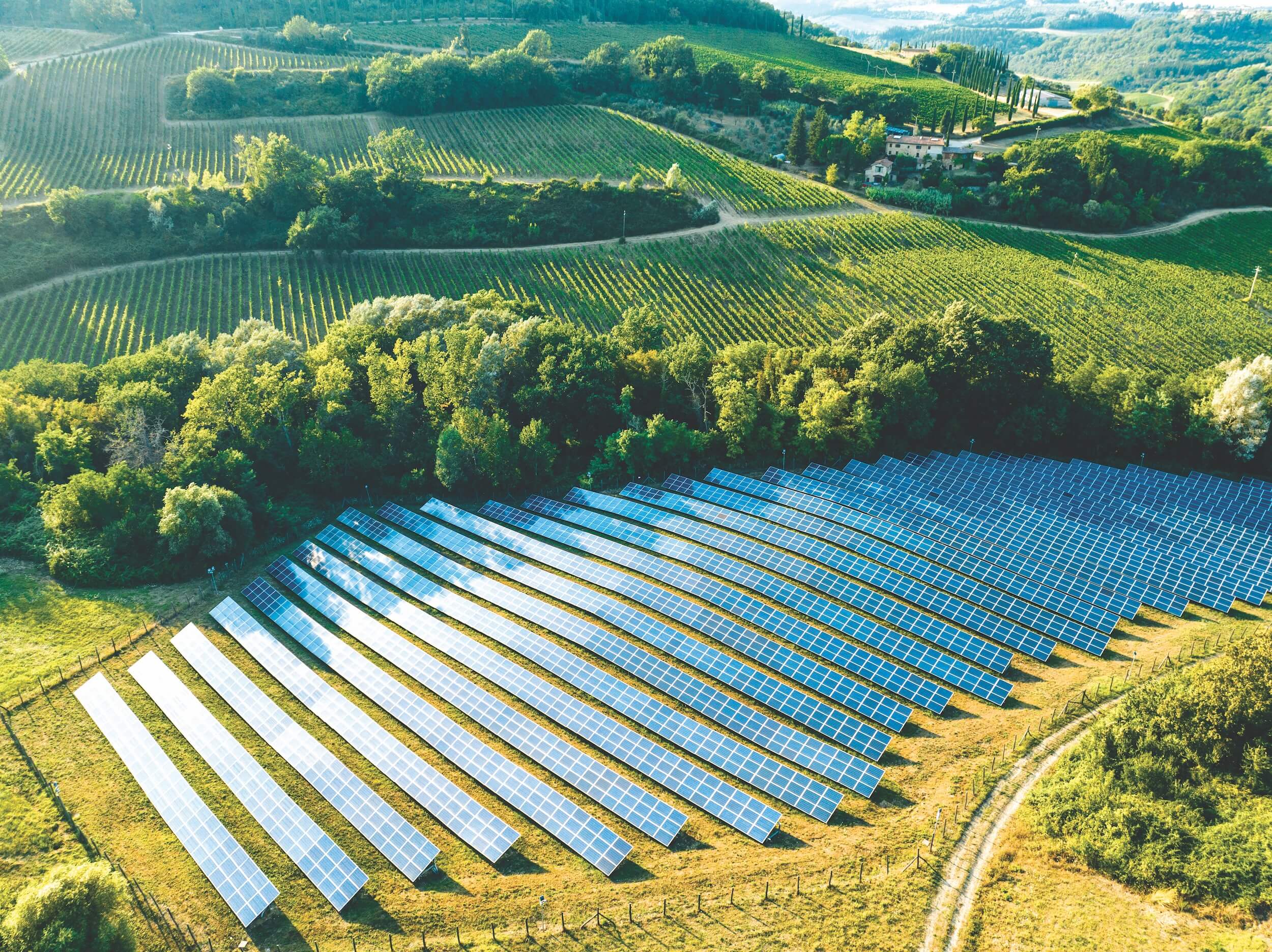



I have always been a bit of a polyglot. Ethnically, my mother is half-Malay and almost half-Pakistani—with a smattering of Chinese from her great-grandmother (who was adopted and raised by their Pakistani family).
My father is part-Tamil and part Portuguese Eurasian, similar to the community in Malacca, Malaysia. My brothers are both married to ethnic Chinese women. Religiously, my mother’s family is Muslim while my father’s is mostly Roman Catholic; he converted to Islam when he married her. Linguistically, we all converse in English. Like many others in Singapore, we learned either Mandarin, Malay or Tamil in school, and unlike many others, we also speak smatterings of Kristang, the Eurasian patois found in Malaysia and Singapore.
Unity in Diversity
In other words, most of my life has been spent making sense of jostling identities. Over time, I’ve realised that none of these markers of who I am—ethnic, religious, linguistic, or anything else—needs to dominate my life at the expense of others. A special kind of unity rests within the deep diversity.
Similar trends, but writ large, are at play in how ASEAN has evolved. It is a region of unparalleled diversities: in ethnicities, religions, languages, political systems, economic profiles, and many other dimensions. In such situations, it is natural, some might even say desirable, that people feel a deep affinity for their immediate communities and countries. But just as the Malay, Tamil, Eurasian, Pakistani, and Chinese segments of my identity do not negate one another, our regional variegation supplements, not supplants, our ASEAN Identity. This is particularly true since ASEAN’s regional identity includes valuing the multiculturalism of our people, peaceful relations, economic development, and social harmony—within and between our Member States.
Constant Work in Progress
As with all communities and regions, ASEAN’s Identity is still a work in progress. But there are encouraging signs that our collective identity is deepening. A Senior Officials Meeting Responsible for Information (SOMRI)-endorsed Poll on ASEAN Awareness, launched in November 2019, revealed that 96% of respondents were aware of ASEAN and felt a high sense of belonging, with nine out of 10 identifying themselves as an “ASEAN citizen” at some level. Clearly, there is a growing sense in ASEAN of what the great historian and political scientist Benedict Anderson called “imagined community” — the notion that a community occurs when enough people perceive themselves as possessing substantive connections with others.
However, broadening and deepening this regional identity cannot be a purely organic process. Natural evolution needs to be accompanied by deliberate policies and programmes. For instance, ASEAN governments should actively communicate and demonstrate what ASEAN means for the average person. If a strong sense of collaboration and mutual support are encouraged at the regional, national, and individual levels, a growing sense of identity is likely to follow.
It is timely, therefore, that we have designated 2020 as the Year of ASEAN Identity. This is an opportunity for ASEAN Member States to spearhead projects that encourage greater engagement among our people. In particular, the SOMRI welcomes the priority placed on fostering ASEAN’s sense of community and identity by Viet Nam, the 2020 ASEAN Chair.
SOMRI’s Role
SOMRI has a key role in building a sense of ASEAN Identity, since effective communication is essential to raising awareness and promoting our regional sense of self. Our ASEAN Communication Master Plan 2018–2025 (ACMP II) highlights the importance of harnessing information and communication technologies to connect with regional communities. This is especially critical today, when communication increasingly occurs on digital platforms, and how we communicate the message of ASEAN must evolve in tandem.
Given the diverse audiences in ASEAN, the communication strategies laid out in the ACMP II are flexible enough for each ASEAN Member State to adapt to its local context and priorities. SOMRI members invite and encourage other sectoral bodies to coordinate with their national SOMRI focal points, to coordinate the messages they wish to convey on ASEAN.
Besides the ACMP-II, SOMRI and the ASEAN Committee on Culture and Information have also long promoted exchange of news and radio programmes among broadcasters. We will continue to leverage these key platforms to form and nurture a sense of ASEAN Identity.
Building Relationships and Trust
SOMRI’s work takes place against a larger strategic backdrop. ASEAN as a whole is currently working on long-term projects laid out in the ASEAN Community Vision 2020, including the promotion of the Digital Economy, which can connect people across countries, push intra- regional trade, and lift citizens of ASEAN Member States out of the poverty cycle. While the economic structures and profile of ASEAN Member States may differ, the unity in this diversity comes from the potential benefits each can gain from digital transformation of business models and supply chains.
There are also simple steps that we can take to accelerate the establishment of a people-oriented and people-centred ASEAN, including more inter-country programmes and people-to-people exchanges that convey a sense of our unity in diversity. For this purpose, Singapore initiated the Singapore-ASEAN Youth Fund in 2007 to support ground-up initiatives in areas such as leadership development, community, service and entrepreneurship by ASEAN youth. These projects have helped to foster unity and forge friendship among ASEAN youth, as well as an increased awareness and understanding of ASEAN culture.
In addition, Singapore inaugurated the ASEAN Youth Fellowship (AYF) programme in 2018 to develop a network of emerging ASEAN young leaders who are keen to make a positive difference in the region. Since its inception, the AYF has engaged 79 young leaders across the 3P (public, private and people) sectors over two runs in 2018 and 2019. The 3rd AYF is scheduled for November 2020, to be hosted in Singapore and Indonesia.
Another example is the biennial ASEAN Regional Quiz, of which the ninth edition will take place in Singapore in December 2020. This is an interactive platform, bringing together ASEAN youth to test their knowledge on all things ASEAN—including the cultural, political, economic, and social sectors—all in the spirit of friendly competition. In addition, opportunities abound to promote travel and media content showcasing the attractions, history, and cultures of ASEAN countries—each a unique thread in a larger tapestry, the whole of which is far greater than the sum of its parts. Singapore also believes in starting people-to-people exchanges early. Our schools provide students with opportunities to go on educational trips to ASEAN countries, where they interact with people from different cultures and gain cross-cultural skills, as well as deepen their understanding of the region.
Conclusion
I have been feeling a particularly strong sense of ASEAN’s unity in diversity in the past year. At various multi-stakeholder meetings, ASEAN’s representatives hailed from a range of sectors—politicians, policymakers, business people, activists, and community builders, among others.
I had the privilege to speak at a recent gathering of young leaders from across the Asia Pacific, where ASEAN had a particularly strong showing: our region’s representatives included an investigative journalist, design thinkers, youth leadership trainers, sustainability advocates, and mental health activists. This sectoral range, compounding our ethnic, linguistic, cultural, and other diversities, is especially important as technology pervades all aspects of our lives. It provides the foundation for a deeply resilient identity that can both withstand and respond positively to the forces of change. It gives me great optimism for the durability of a diverse and united ASEAN in the coming years.








